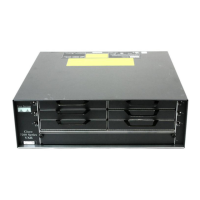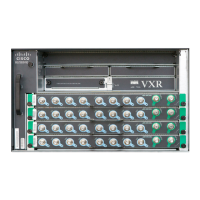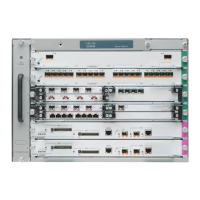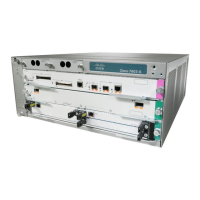Send document comments to nexus7k-docfeedback@cisco.com
2-39
Cisco Nexus 7000 Series NX-OS Interfaces Configuration Guide, Release 5.x
OL-23435-03
Chapter 2 Configuring Basic Interface Parameters
Configuring the Basic Interface Parameters
Configuring the UDLD Mode
You can configure normal or aggressive unidirectional link detection (UDLD) modes for Ethernet
interfaces on devices configured to run UDLD. Before you can enable a UDLD mode for an interface,
you must make sure that UDLD is already enabled on the device that includes the interface. UDLD must
also be enabled on the other linked interface and its device.
Table 2-7 lists CLI details to enable and disable UDLD on different interfaces.
To use the normal UDLD mode, you must configure one of the ports for normal mode and configure the
other port for the normal or aggressive mode. To use the aggressive UDLD mode, you must configure
both ports for the aggressive mode.
By default, UDLD is disabled for the 48-port, 10/100/1000 Ethernet module ports but the normal UDLD
mode is enabled for the 32-port, 10-Gigabit Ethernet module ports.
BEFORE YOU BEGIN
You must enable UDLD for the other linked port and its device.
SUMMARY STEPS
1. configure terminal
2. feature udld
no feature udld
3. udld message-time seconds
4. udld aggressive
5. interface ethernet slot/port
6. udld {enable | disable}
7. show udld [ethernet slot/port | global | neighbors}
8. exit
9. copy running-config startup-config
Table 2-7 CLI Details to Enable or Disable UDLD on Different Interfaces
Description Fiber port Copper or Non-fiber port
Default setting Enabled Disabled
Enable UDLD command no udld disable udld enable
Disable UDLD command udld disable no udld enable

